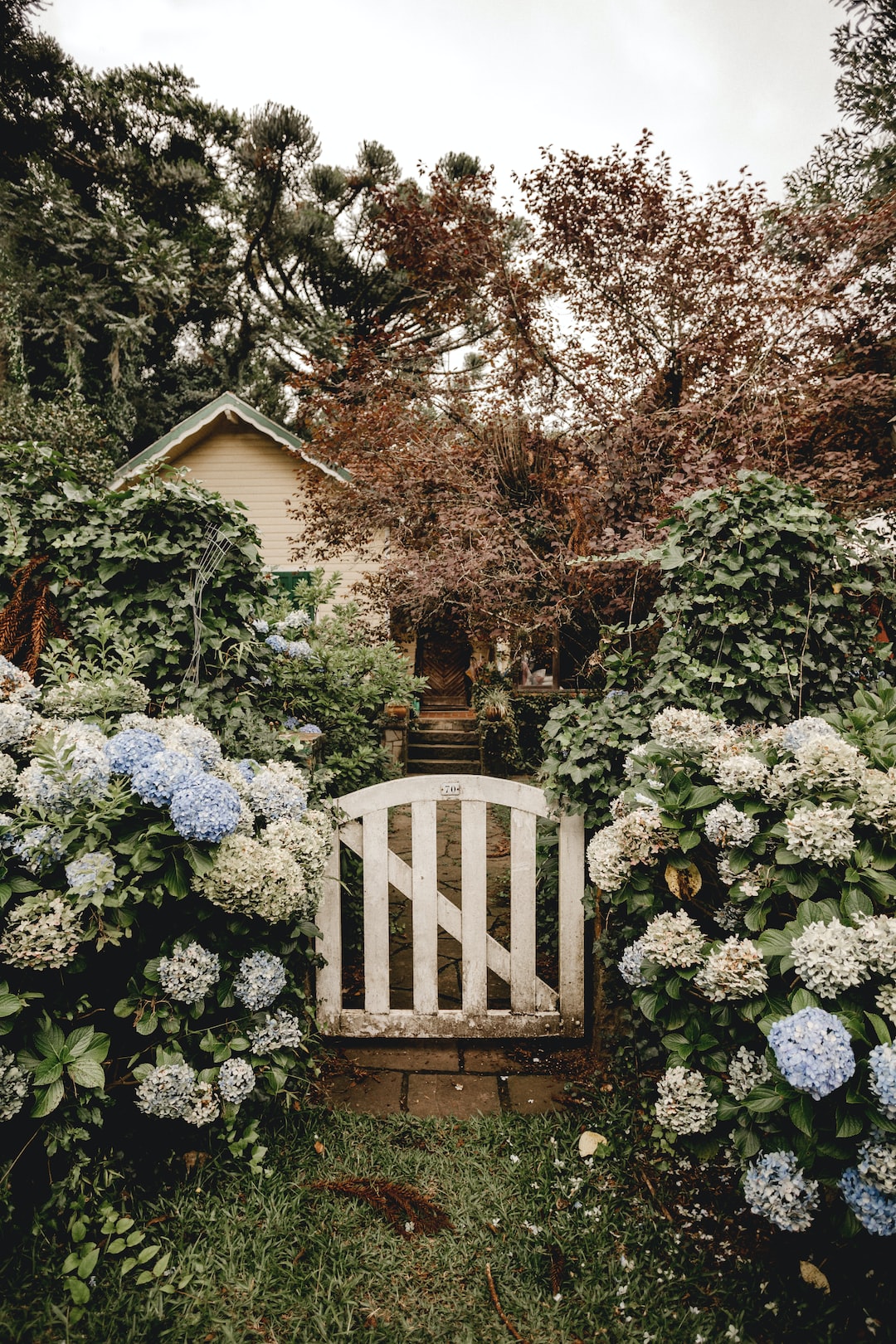Gardening is a beautiful way of connecting with nature and enjoying different varieties of fresh produce, flowers, and plants. But for individuals with special needs, gardening could be a challenge. However, by designing a garden that’s tailored to their needs and abilities, they too can experience the joys of gardening. Here are some tips on how to design a garden for special needs individuals.
1. Plan for accessibility
The most critical aspect of designing a garden for special needs is to plan for accessibility. This means ensuring all garden elements: pathways, raised beds, flowers, and plants, can be easily accessed from a wheelchair ensuring no barriers are encountered and the garden can be enjoyed by everyone. One idea might be to incorporate a concrete or stone path, which will be even, slip-resistant, and easy to maneuver through the garden. Adding handrails to raised beds is also essential for individuals with mobility issues.
2. Incorporate raised beds
Raised beds are ideal for individuals with disabilities, as they can be adapted to fit individual needs. Raised beds are garden beds that sit above ground level, which means people can sit down on a chair beside the raised bed and reach the plants with ease. Incorporating raised beds of different heights and with differing angles can enable gardeners of all abilities to be more independent.
3. Use sensory plants
Sensory plants like herbs, flowers, and fruit trees are the perfect addition to any garden. With an array of bright colors, varying fragrance and textures, sensory plants can stimulate the senses, which can help individuals with sensory impairments. Adding plants that are safe to touch, smell, and taste, can offer a unique and magical garden experience.
4. Add water features
Water features like a small fountain or a bird bath can add a sensory element to the garden. The sound of water has a calming effect, and can be quite therapeutic for individuals with stress or anxiety. Bird baths can also encourage wildlife, and the sight and sounds of bird activity in the garden can bring another level of enjoyment to the experience.
5. Incorporate garden art and sculptures
Adding garden art and sculptures can also help individuals with special needs enjoy the garden space. Adding garden sculptures, unique garden features, birdhouses or other creative garden accessories, can provide enjoyment and fascination on many levels.
6. Plant easy to maintain crops
Planting and maintaining crops can be a great way to relax and enjoy the garden space. However, some plants might be challenging to grow and maintain, which could deter individuals with special needs from participating. Select plants that are easy to maintain with minimal supervision and support, and which offer high returns at harvest time. Herbs, peppers, tomatoes, beans, garlic and onions are all relatively simple to grow, and offer a variety of culinary and aromatherapy benefits.
In conclusion, designing a garden for special needs individuals is relatively straightforward. With a few thoughtful considerations, garden designs can become a space that is accessible and enjoyable for everyone. Whether it is a sensory garden, a raised bed garden, or a combination of elements, all it takes is some planning to create a garden that provides peace, relaxation, and a connection with nature for all. The benefits of a garden are both physical and mental, so it is essential to tailor the garden to the unique needs and abilities of the users, so it truly becomes a space for healing, growing, and inspiration.


